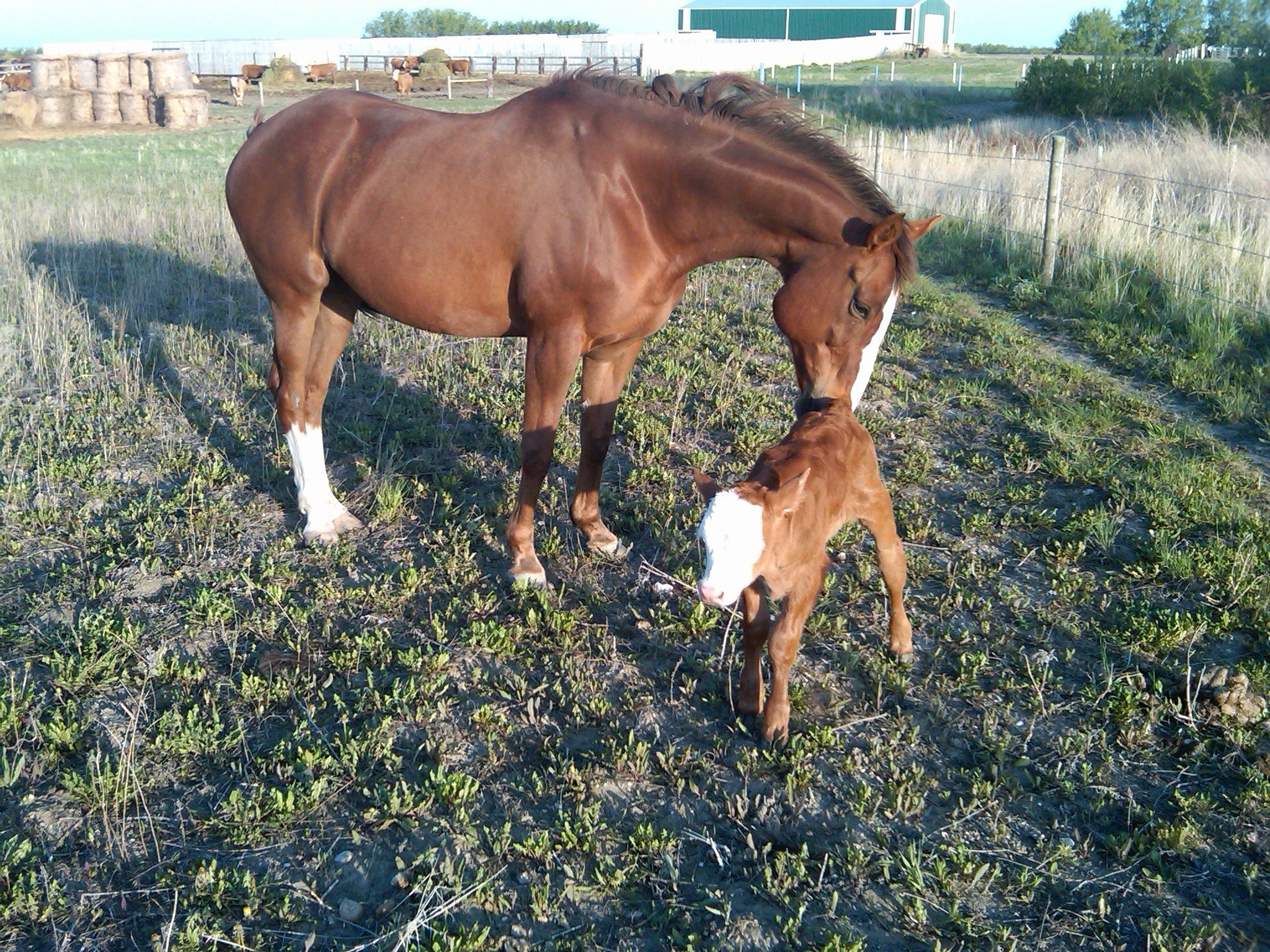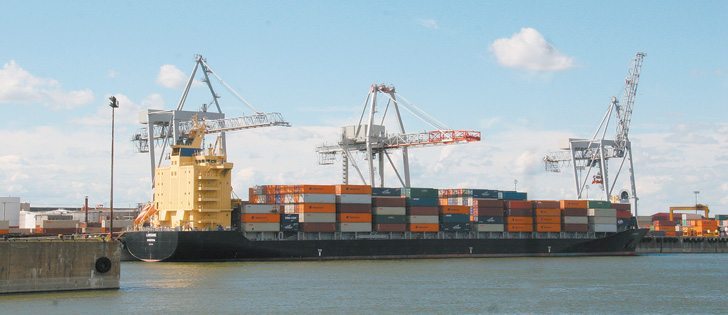Are the good times really here? I recently gave a presentation on that topic to a group of farm lenders at a meeting in Alberta.
Of course, they already knew the answer. What everyone really wants to know is if the good times will last.
These are definitely good times for grain and oilseed producers. Big money is being made as long as producers can seed and harvest a decent crop.
These are also great times for cow-calf producers. They aren’t getting rich as fast as their grain farming neighbours, but calf prices have rarely, if ever, been so buoyant.
Read Also

Higher farmland taxes for investors could solve two problems
The highest education and health care land tax would be for landlords, including investment companies, with no family ties to the land.
The picture isn’t rosy in all sectors. Feedlot operations faced with high calf prices and high feed grain costs aren’t having much fun. And it’s still a slow grind for pork producers. After an unprecedented period of negative margins and industry consolidation, profitability remains elusive.
However, agriculture on the Prairies is dominated by grain farms and cow-calf operations. It’s a rare treat to have them both financially healthy.
One of the lenders at the meeting, a fellow with about as much grey hair as me, quipped that good loans are made in bad times. Conversely, bad loans are made in good times. There’s a lot of truth to that.
The price of farmland is rising rapidly, particularly in Saskatchewan. It’s a bit reminiscent of the huge run-up in farmland values in the 1970s and early 1980s.
That bubble burst when grain prices softened and interest rates skyrocketed. Land prices tumbled, erasing farmer equity. Lending institutions ended up owning large tracts of farmland. It took years for them to sell it off and along the way lenders were on the hook for hundreds of millions of dollars in losses.
Younger farmers and lenders don’t fully appreciate the pain of that era. Some believe farmland will always increase in value. After all, that’s been the trend for the past 15 years or more.
Is there anything that could burst the bubble to end the boom? Anything that would make debt difficult to service?
According to Statistics Canada, Canadian farmers now have a total farm debt of $69.6 billion, the highest ever. It increased by $4 billion last year alone.
Interest rates will have to rise at some point. While a rise of a percentage point or two would squeeze some borrowers, it’s hard to believe that we’re going to see rates of 10, 15 or 20 percent like we did in the 1980s.
A world economic downturn seems a more likely threat. If the world economy sputters, don’t expect to see $13 a bushel canola.
There could also be risks in a world economy that’s hot. Input costs, particularly the price of fertilizer, could erode farm margins.
In the beef industry, a disease outbreak is one of the greatest macro risks. The one that pops into everyone’s head is the dreaded foot-and-mouth disease. Like the 2003 discovery of BSE in Canada, foot-and-mouth could have long-lasting ramifications.
Timing can make or break a farming career. If you bought high-priced farmland in 1981 or made a major beef herd expansion in 2002, you’ve seen some tough times. On the other hand, if you were buying farmland half a dozen years ago before the run-up in grain prices, you now look like a financial wizard.
Good times never last forever. Farmers borrowing money are hoping they last long enough to pay down the loan.














